The US Supreme Court has changed its understanding of abortion in the country. In many states, adoption services through “baby boxes” are offered to women who do not want to have a child.
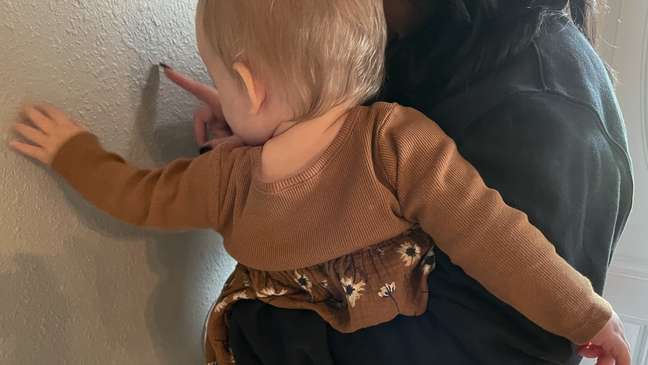
The end of the constitutional right to abortion played a significant role in the outcome of the midterm elections in the United States, determining the positive vote of the Democratic Party.
Democrats criticize the US Supreme Court’s decision in June this year to overturn the right to voluntary termination of pregnancy.
One argument used by the court is that there is an alternative for women who do not wish to have children: adoption laws.
In this context, one of the options for women who do not wish to have children are the so-called “adoption boxes”.
They exist in every state in the United States, allowing fathers and mothers to anonymously drop off their babies in designated places immediately after delivery, without having to answer to the law.
Discover, below, some of the stories surrounding the “safe haven” policy, as it has come to be known.
The mother
It was a dark, wet winter night on one of the great plains of the state of Arizona. Driving down a secluded road, Michelle stopped suddenly.
“I was in so much pain that I couldn’t go back to the hospital,” she recalls. Near a creek 20 miles outside of town, Michelle gave birth in her car.
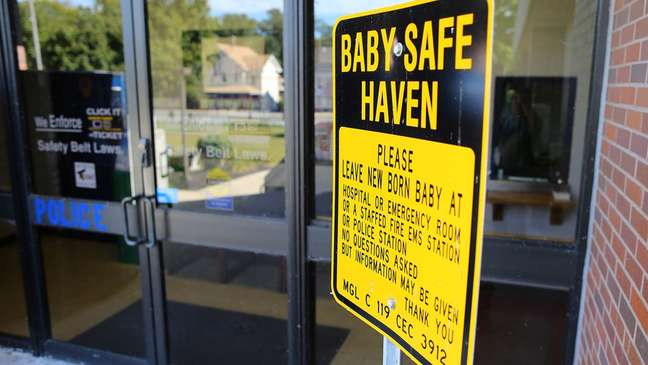
“It was scary. I remember praying. I was calling my mother…I wanted my mother.”
While Michelle delivered her baby, her oldest daughter slept in the back seat. In the dim light, with her cell phone switched off, Michelle sat for 15 minutes, with the newborn wrapped in a blanket on her lap.
He looked at the little girl, watching her face. So, she started the vehicle and drove fast.
Michelle hadn’t told anyone she was pregnant. She was very scared. The child’s father was an unpredictable man. Separated and helpless, she felt trapped.
She stopped at the nearest hospital and knew about Arizona’s safe adoption law, which she could anonymously “give birth” to her child without fear of prosecution, as long as the child was unharmed.
Michelle ran to reception, the baby in her arms.
“I asked to speak to an employee. They came up to me and I said, ‘I think giving her up will be the best option.’ I just wanted her to be safe.”
Michelle handed the baby over to the nurses. She knew the child would now be adopted.
The child was immediately taken to the ward.
What are baby boxes?
– Michelle handed over her baby to health workers, but they can also be left in a special box in the hospital or at the fire department;
– In medieval Europe and also in Brazil, the adoption of “wheels” next to hospitals and churches served the same purpose;
– Carriers still exist elsewhere, but the United States is the only nation to have a comprehensive law for abandoned children;
– Safe haven laws were introduced in the United States with the aim of “preventing infanticide”;
– Texas was the first to pass these laws in 1999, then all other states followed suit;
– The risk of infant homicide is greatest on the day of birth. A recent report from the US Centers for Disease Control found that the number of babies killed on the day of birth decreased by nearly 67% after the laws were introduced. But establishing a causal link is difficult, as other factors may also explain the result.
The nurse
It was the death of a newborn that prompted Heather Burner to become an advocate for adoption boxes. More than a decade ago, she worked as a pediatric nurse in a hospital emergency room in Phoenix, Arizona.
“A 15-year-old girl was admitted to the hospital complaining of abdominal pain. After her vital signs were checked, she went to the bathroom. She delivered the baby herself and threw it in the bin. About 20 minutes later, a employee found. We tried to save him, but we couldn’t.”
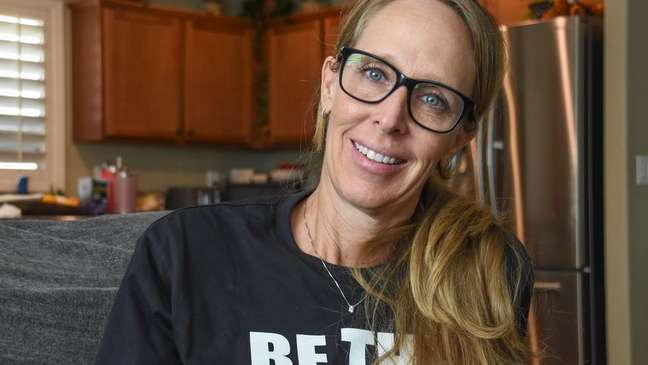
Despite the evidence, the teen denied the baby was his. She is suspected to have been sexually abused by a family member.
“It was very traumatic,” says Heather. Director of the Arizona Safe Haven program and executive director of the National Safe Haven Alliance (NSHA), Heather estimates that 4,687 children have been “turned over” to service in the country since 1999.
The NSHA maintains a helpline and receives 60 to 100 calls a month.
In June, when the Supreme Court ruled on abortion rights in the United States, there was a 300% increase in calls. Anti-abortion groups have long argued that adoption laws eliminate the need for abortion permits, a view repeated in court hearings.
For callers to NSHA, advice to leave a child in a safe place is a last resort.
“We wonder what prevents the family from taking care of the child?” says Heather. “Most of the time, it’s not the baby that’s the problem, it’s the family situation. Am I homeless? Do they need treatment? I paid a woman an electric bill once, and it made her feel like she could handle the baby.”
Some women call but end up keeping the baby. Others opt for regular adoption and choose the family that will keep their children. But some will “hand over” their babies to a safe-haven service.
The child
West of Phoenix, Porter Olson lives with his adoptive family. Porter is an energetic 11-year-old who loves camping, cooking and gardening.
In 2011, the Olsons were contacted by the adoption agency where they were registered.
“I got the call and they said we had a baby,” recalls Michael Olson. He sent a three-word text message to his wife Nicole: “Best day ever.”
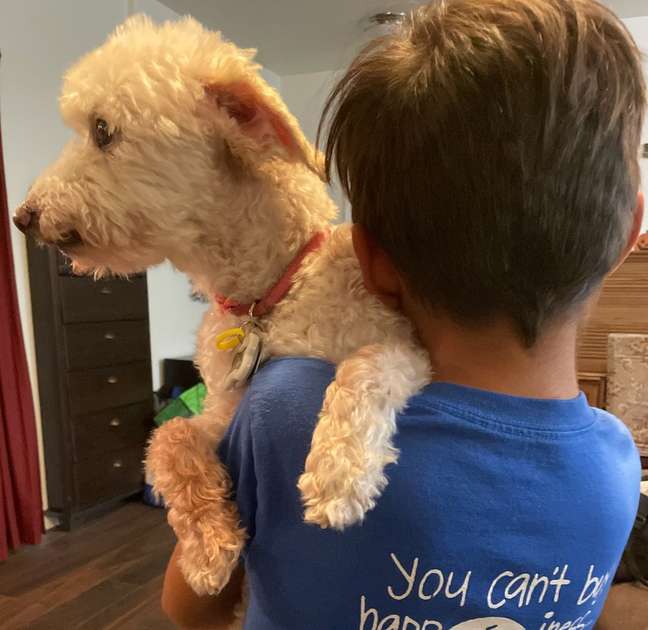
Nicole taught. “I called my principal and said, ‘I need to know about maternity leave.’ And she said, “Why? Are you pregnant?” And I said, ‘No, but I’m going to have a baby today.'”
Porter’s biological mother left him in a baby box at a hospital. In Arizona, a foster family is usually found on the same day. And, as with the Olsons, they may know nothing about their new baby.
“I never really cared about that, I just figured we’d grow up together and work that part out,” says Nicole. Even so, the couple thought it might be helpful for Porter himself to get more information about his biological parents.
“Then, one day, my mom was about to have a DNA test to find out my ancestry. She said she’d celebrate any result,” Porter says, picking up on the story. “And we took the test, and the doctor said, ‘Congratulations! You can celebrate anything!’ I am of European, Native American, Sub-Saharan African and East Asian descent.”
There is no legal mechanism for Porter to find more information about his biological parents.
That’s why some activists frown on safe adoption laws. Some feminist scholars have also criticized the legislation for failing to address the socio-economic injustices that ultimately lead to early school leaving.
And what if a woman has second thoughts about giving up her baby forever?
“Some states have a time frame within which the mother can attempt to get the baby back,” says Kate Loudenslagel, Maricopa County Deputy District Attorney.
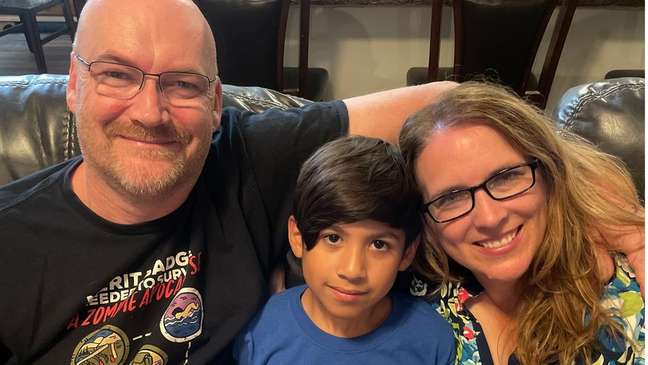
“But here in Arizona, we have no option for mothers who change their minds. Child abandonment is considered a waiver. If a man believes he has fathered a child, he has 30 days to notify the new parents and claim the paternity”.
What happened to Michael?
“I couldn’t get the face out of my head,” Michelle says of the baby she turned over to the nurses that winter night.
Three days after giving birth, Michelle called the NSHA. Heather Burner began to advocate and help the young lady.
“She was very lucky with her stepfamily,” says the NSHA executive director. Thirty-three days after abandoning her daughter, Michelle got her baby back.
She says seeing her daughter was the best feeling in the world. The couple caring for the child had agreed to return her. If they refused, I would have had to go to court.
The young woman seemed happy to be talking to the BBC, perhaps because her story has gone well. But what about the thousands of women who gave up babies and never saw them again?
Maybe this was the best – or only – option for them. We don’t know this answer, because very few people share their stories publicly.
– This text was published in https://www.bbc.com/portuguese/internacional-63763960
🇧🇷The best content in your email for free. Choose your favorite Terra newsletter. Click here!
Source: Terra
Ben Stock is a lifestyle journalist and author at Gossipify. He writes about topics such as health, wellness, travel, food and home decor. He provides practical advice and inspiration to improve well-being, keeps readers up to date with latest lifestyle news and trends, known for his engaging writing style, in-depth analysis and unique perspectives.





![Un Si Grand Soleil preview: Friday 16 October 2025 episode recap [SPOILERS] Un Si Grand Soleil preview: Friday 16 October 2025 episode recap [SPOILERS]](https://fr.web.img6.acsta.net/img/66/c2/66c2f6bc2af88dc2a3eb2bf3be44daea.jpg)


